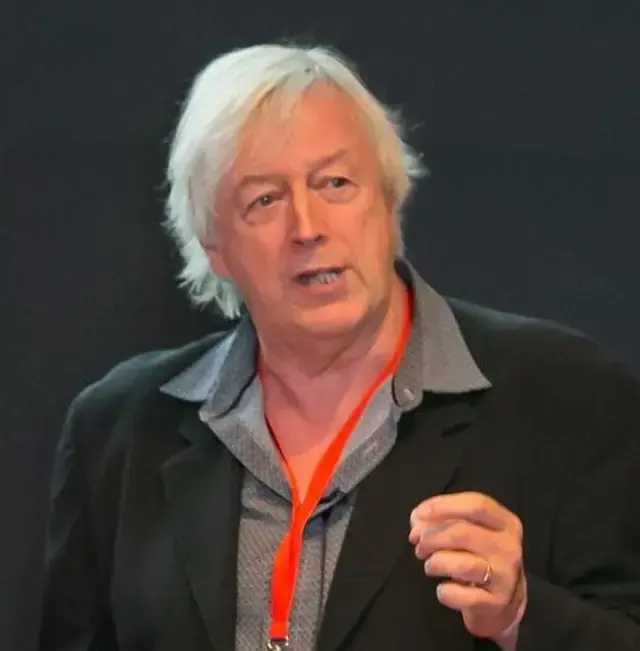Bring back the indispensable guard book
The one thing we didn’t guard well was the treasured book itself.
- Written by
- Ken Burnett
- Added
- September 01, 2019

There’s a lot that I recall with affection from my first fundraising job. But one thing I remember particularly fondly – the good old guard book. And not just because its content was so valuable. I loved its name, because it implied both care and permanence. The title seems to say, ‘This is the book we guard. It’s a safe place, something permanent and reliable in a shifting world.’
Talk of worth its weight in gold! Into the safe haven of our guard book we would pour everything we learned about our direct mail and press advertising, carefully preserving it for posterity so that over time we could use it to build a detailed record of what worked for us and what didn’t, by how much and when. It was most crucial for recording what we learned from our elaborately constructed (and very costly) series of tests. Testing is of course an exacting and expensive business. It was only by going back to the lessons in the guard book that we were able to secure value for our money.
To be quite honest I was then spending more money on a daily basis on this thing called direct marketing, via press advertising and direct mail, than I’ve ever spent on anything, before or since. Donors’ money too. Money entrusted to me to help some of the poorest people on the planet. I needed to be able to see, in detail, precisely how that money was being spent; which part of it was working best and why. Lord Leverhulme, as head of Unilever Britain’s biggest advertiser, famously said that only half his advertising worked; the trouble was he didn’t know which half. Not us: we had our guard book. At any given point we could account precisely for what was working. And why. And by how much.

Simply, a guard book is a book or folder for storing copies of published advertisements, alongside which you record each advert’s date of appearance, cost, position, special features and response, plus a summary of any other factors that might even slightly influence your results – competing editorial coverage, significant world events, other ads that might detract from or even support yours. Even the weather would be noted in a good guard book – if it was a hot and sunny day response might go down because people would be outside enjoying the sunshine rather than indoors reading your ad.
At our agency we used to keep guard books for clients (in time the physical book was replaced, no doubt, by something electronic. More practical, but less satisfying I’m sure). It was easier than encouraging them to keep them themselves. With hindsight maybe this good intention was a mistake, as nowadays if you mention a guard book to most fundraisers they’ll look at you blankly. Many charities don’t have one and many fundraisers have no idea of what they’re missing. Ask them how a particular ad worked and they’ll say, ‘Pretty well, I think.’
Such imprecision is an admission of failure. Yet for some it’s easy to dismiss the guard book as just a quaint piece of nostalgia, a fragment of the old way of doing things. If you feel like that, consider this instructive tale from UK master strategist Alan Clayton.
Alan was working with a major animal welfare organisation. Their direct marketing income from warm appeals was declining. No change in creative technique, copy, or data segmentation seemed capable of halting the decline. So they turned to their guard books, where they were able to review results from five years of warm appeals. They soon noticed something very special. Whenever an appeal featured just animals, it performed poorly; but when it contained stories about bad and good humans as well as animals, it performed well. Alan says, ‘The insight we gained from these detailed records was that the feeling that drove action was anger at the injustice meted out to animals by cruel humans rather than compassion for the animals themselves. So our next appeal featured anger and injustice in a fiery creative treatment. Income doubled immediately. It has stayed at the higher level ever since.’ The difference between anger and compassion is huge. For this audience, anger was an immediate trigger for action. Their action gave donors the feeling of reward and elation. Compassion, on the other hand, just compounded a feeling of hopelessness and despair and therefore discouraged action. The lesson was that the organisation should communicate as an ‘anti-human-cruelty’ organisation rather than a ‘save-the-cute-animal’ organisation. A fundamentally different way of saying the same thing.
The crucial thing here is that without the forensic trail from their guard book this insight would have been missed completely.
Bring back the guard book. And keep it safe and up to date.
© Ken Burnett 2021.
This article originally appeared on Ken Burnett’s website in 2010.

















